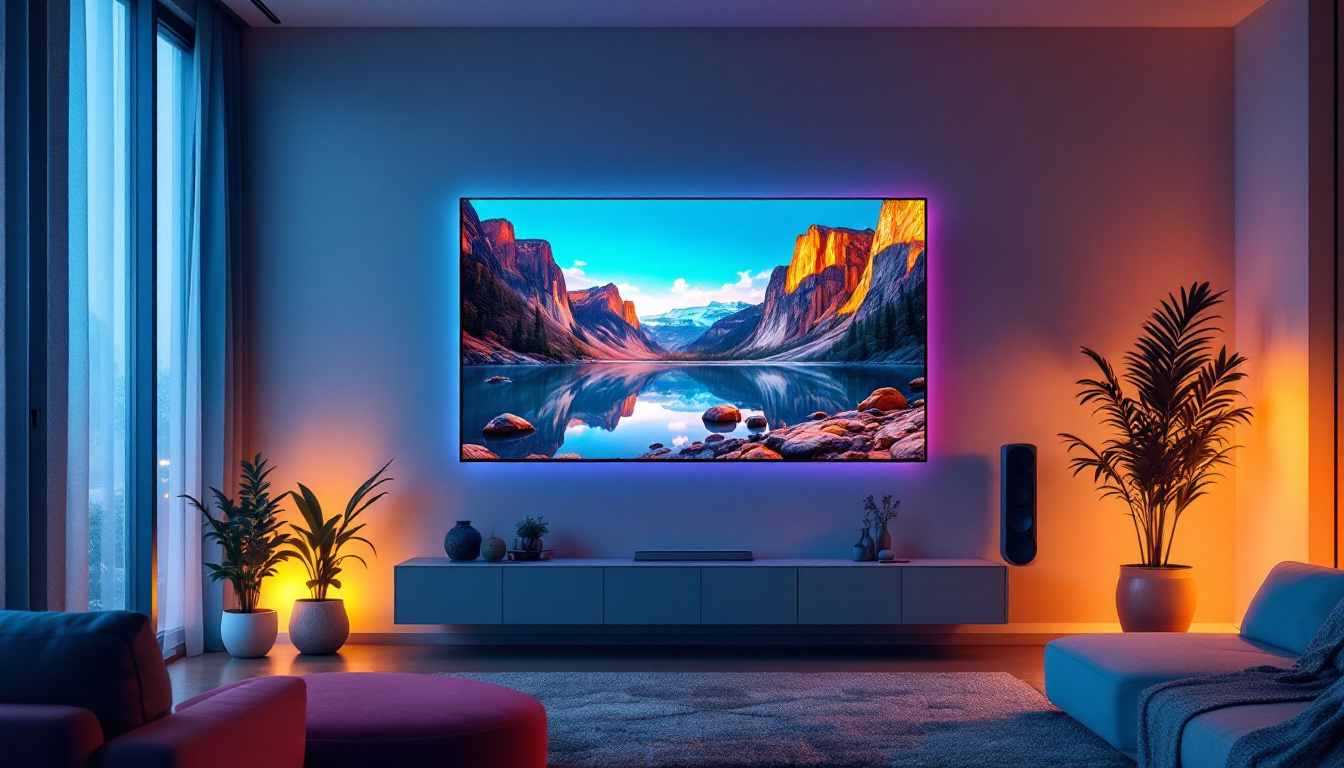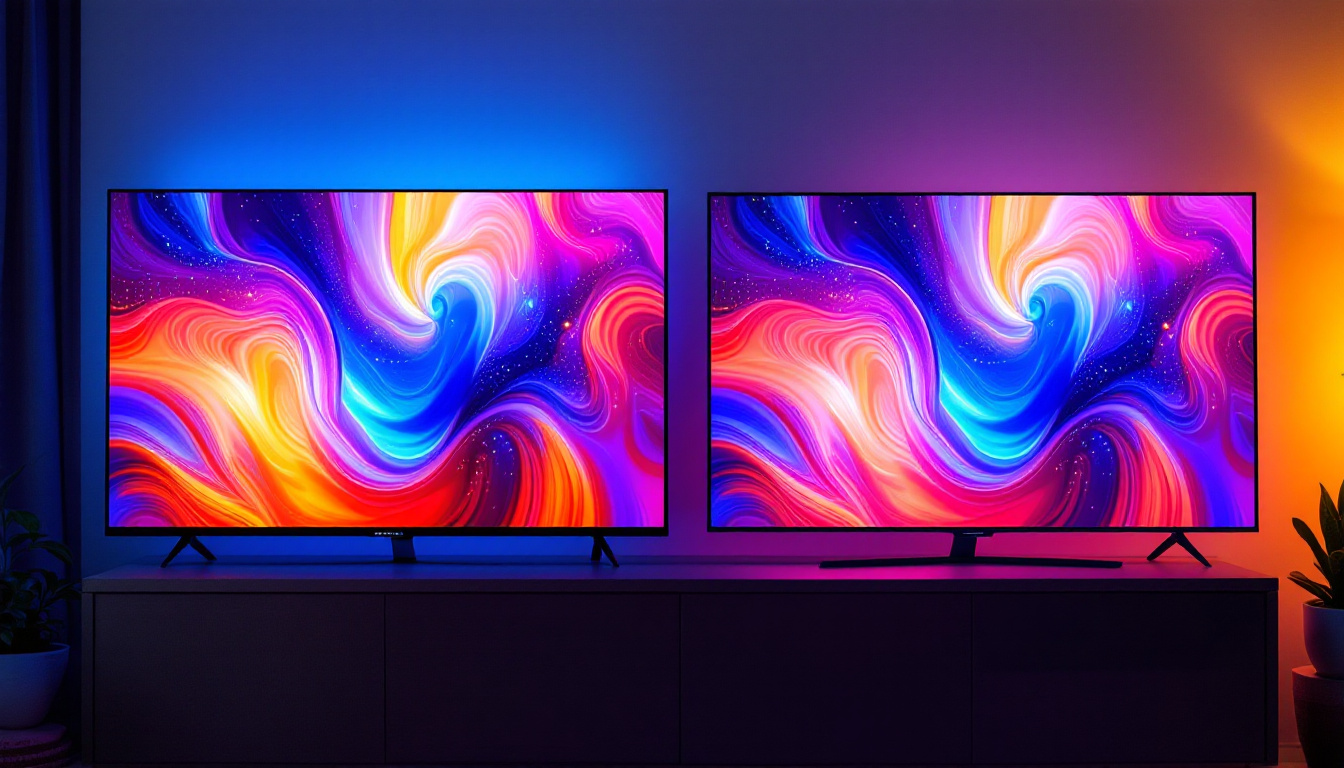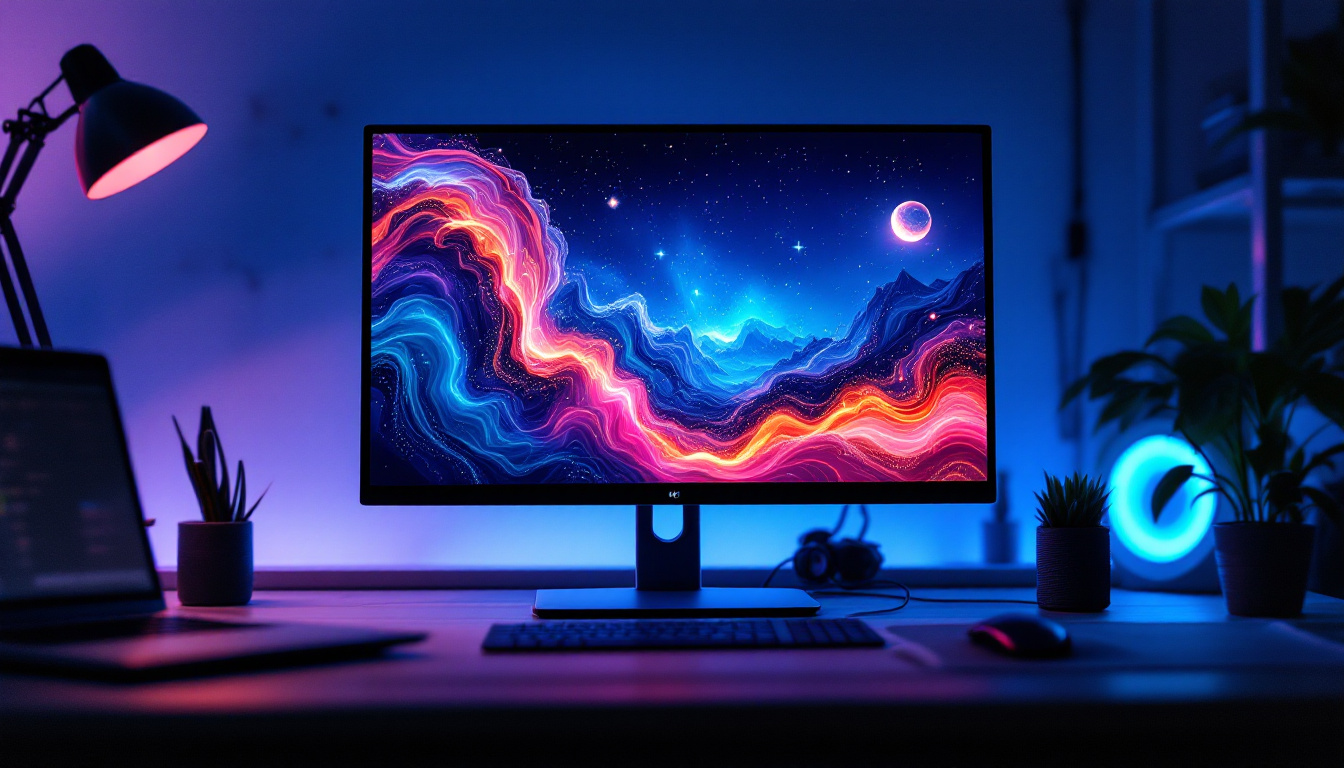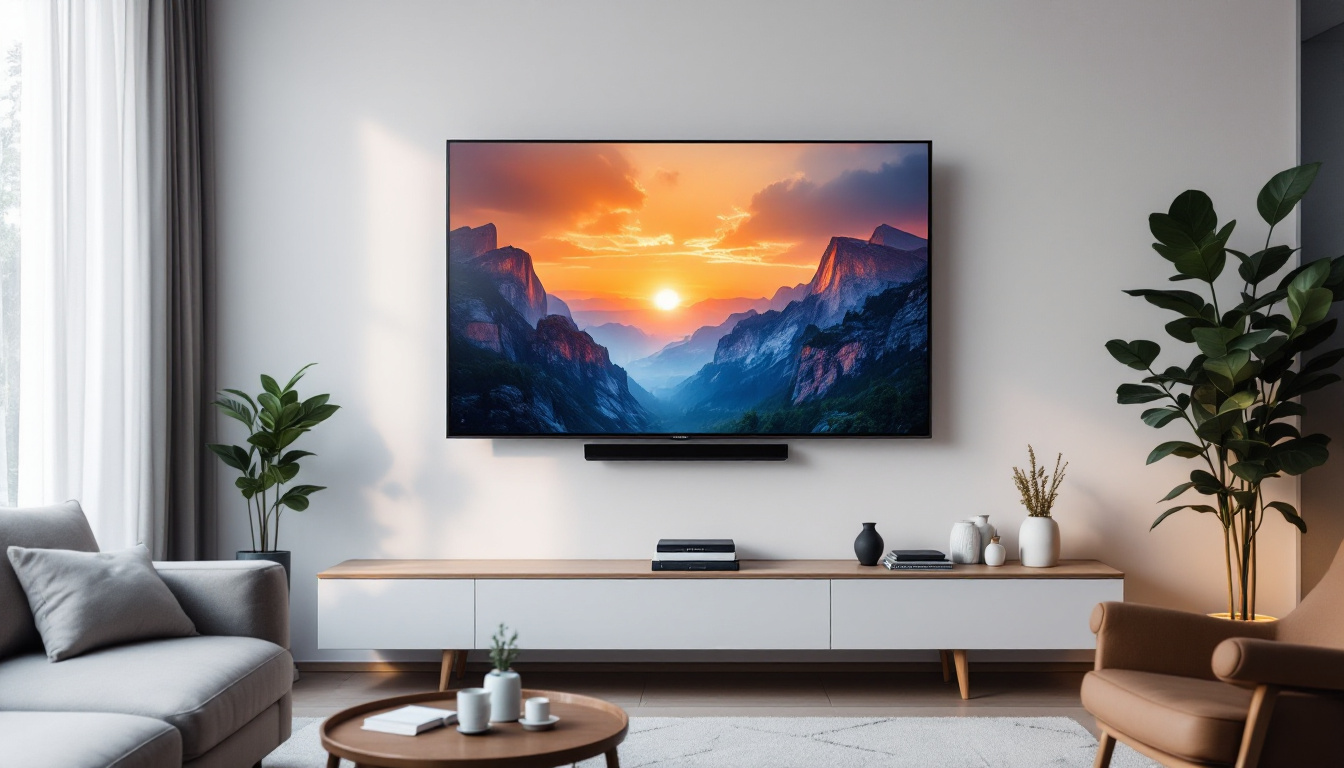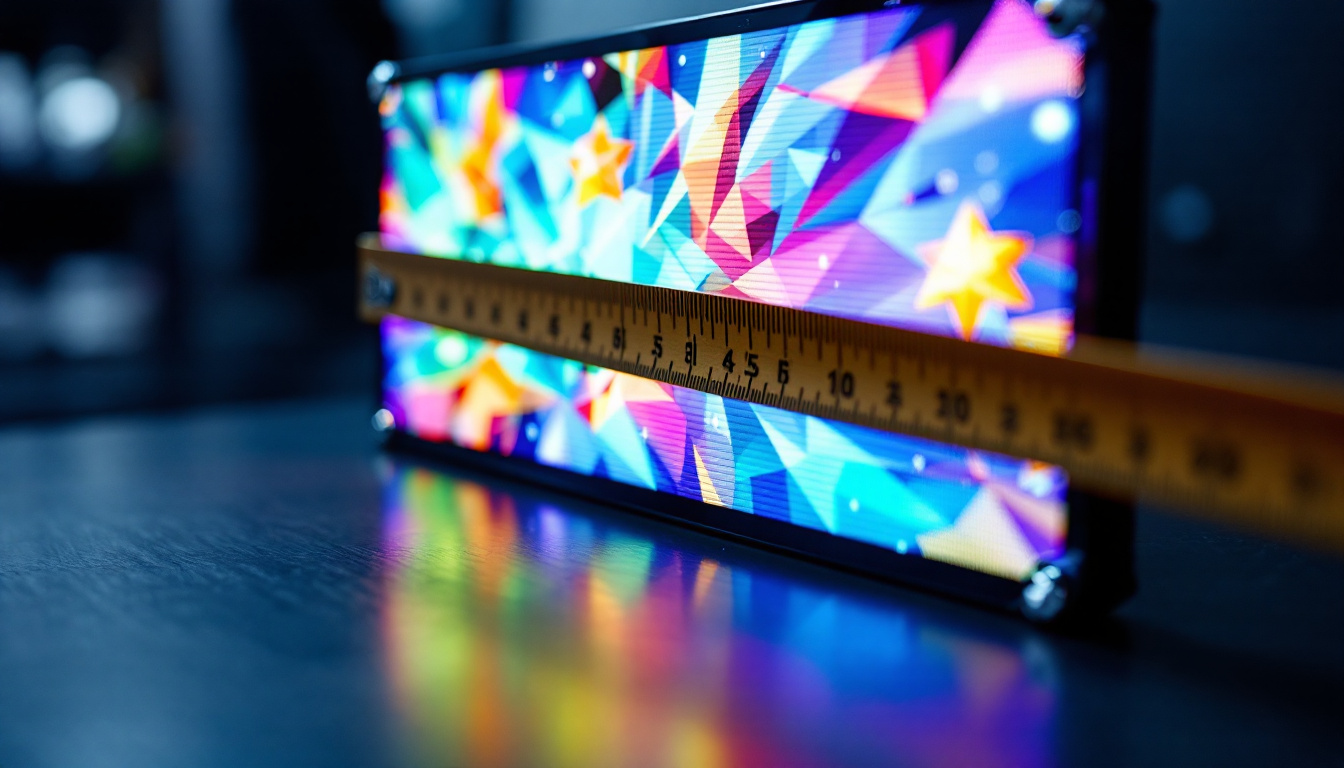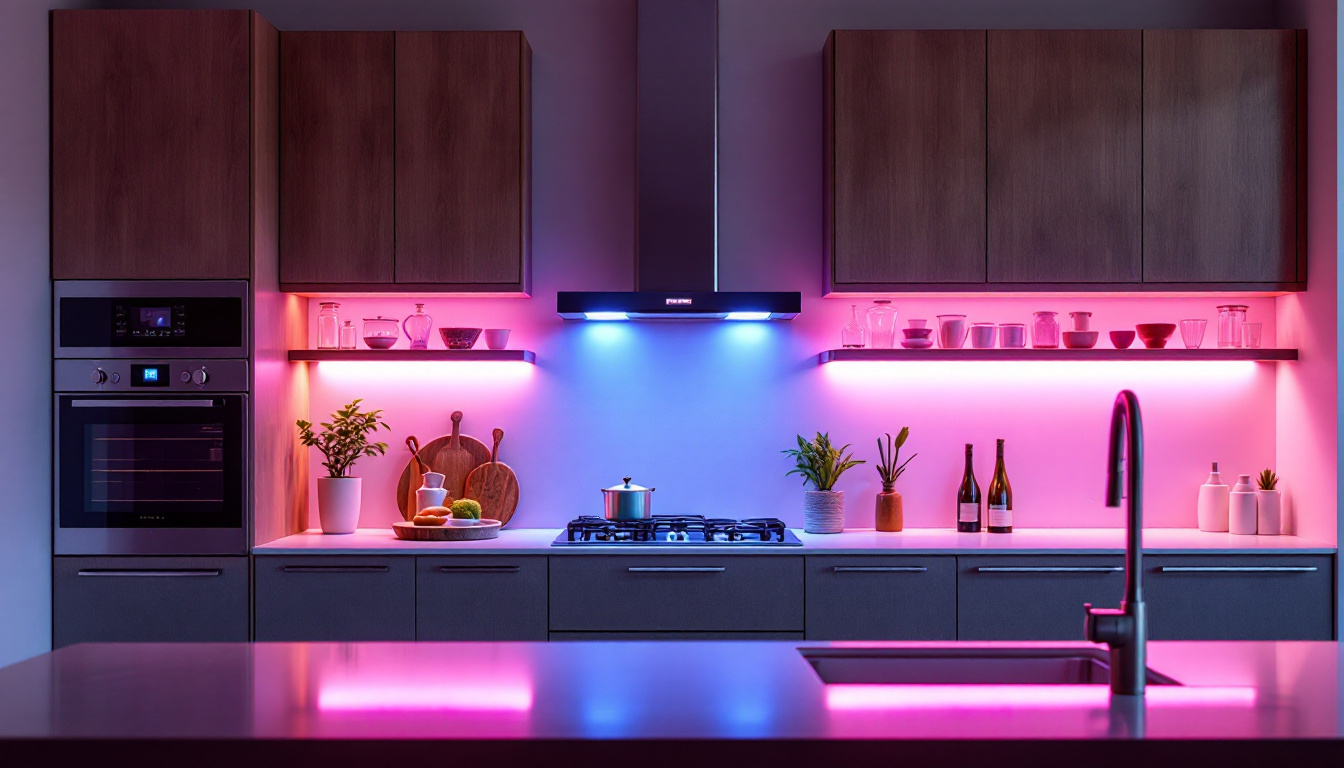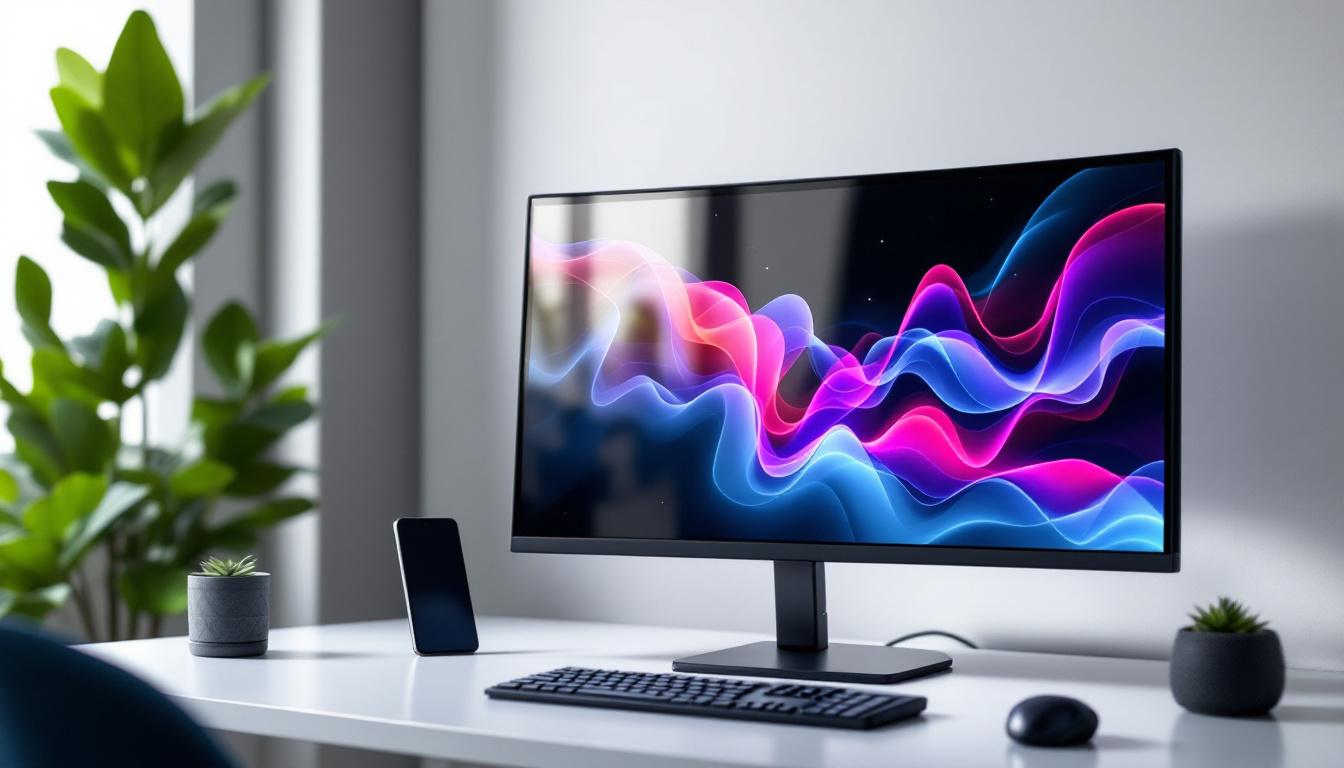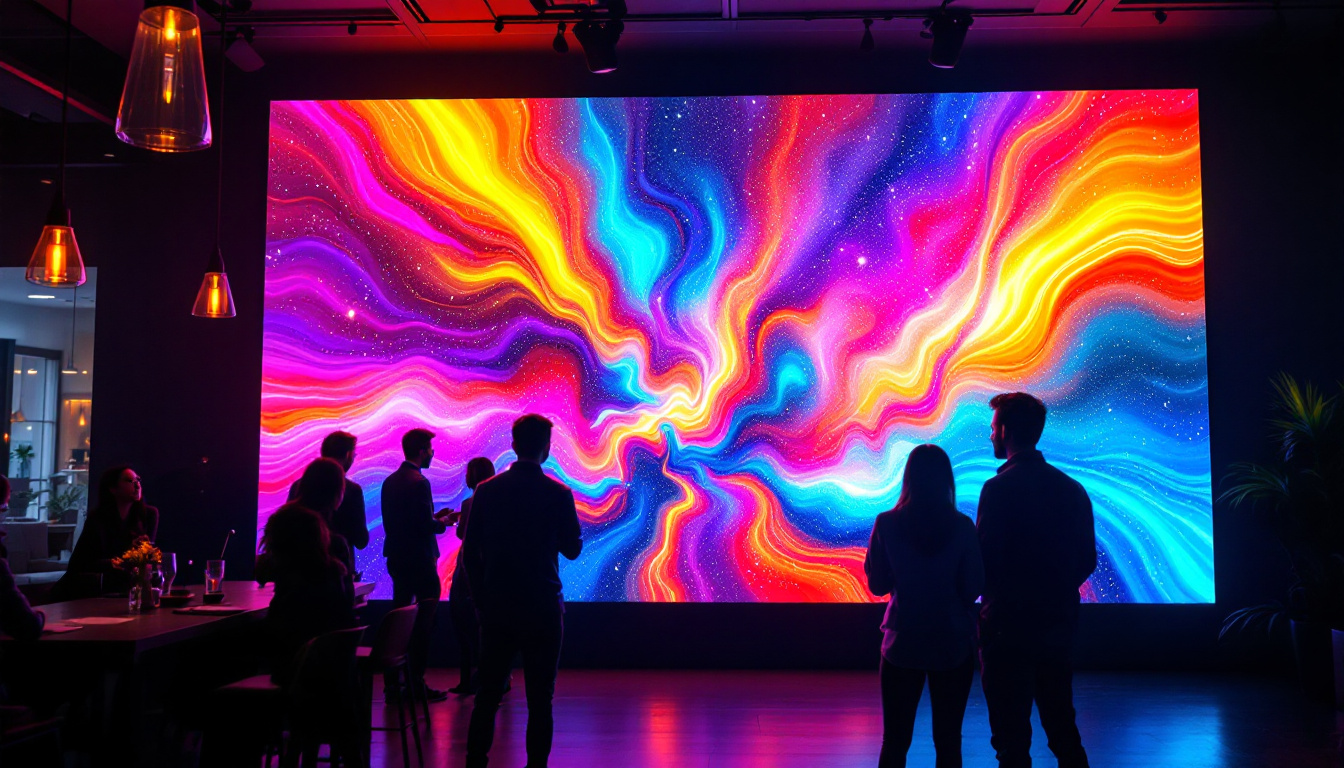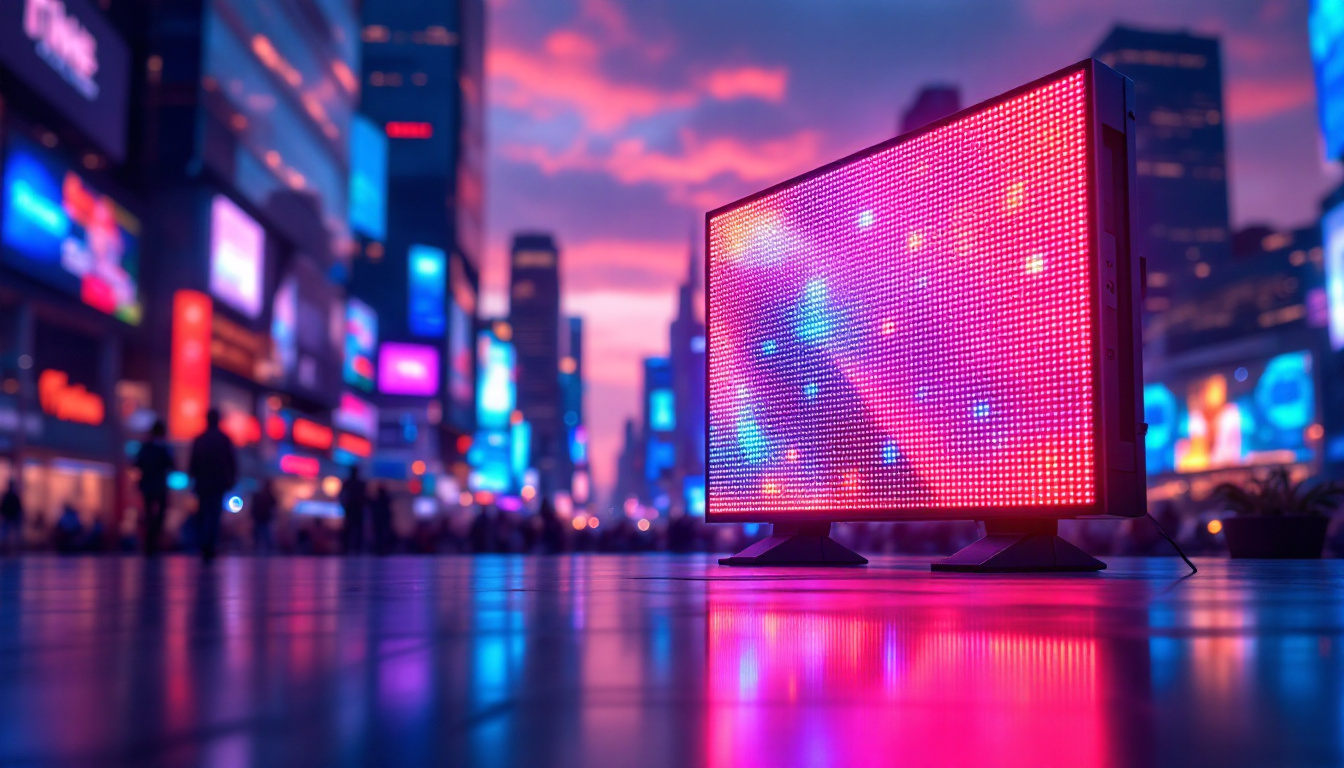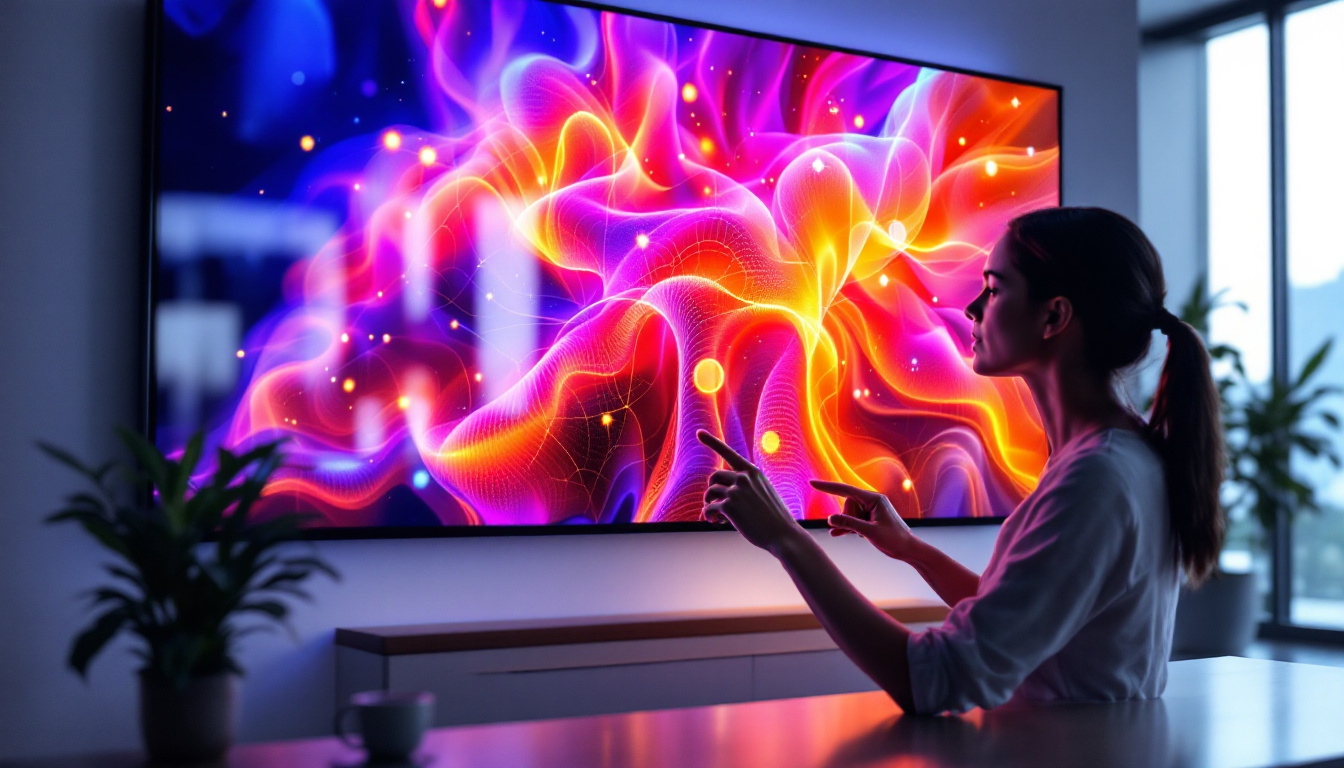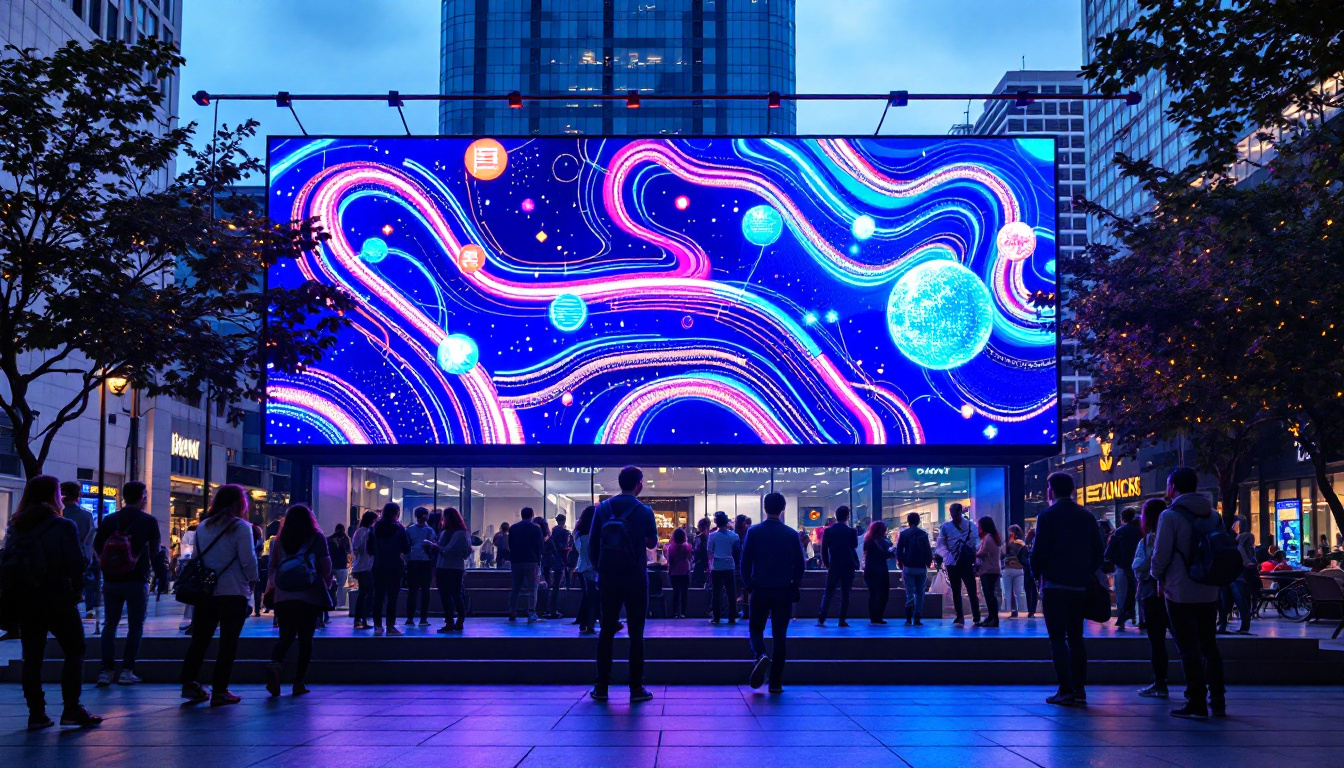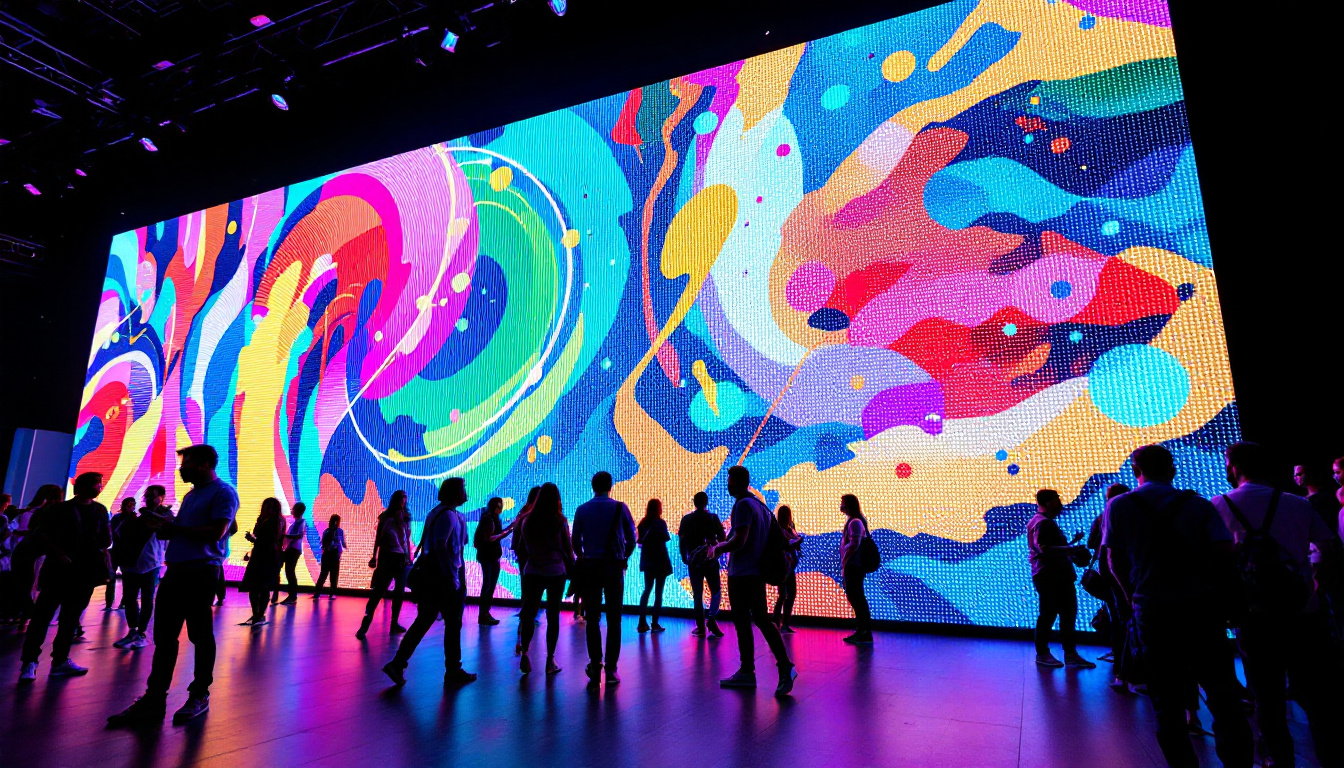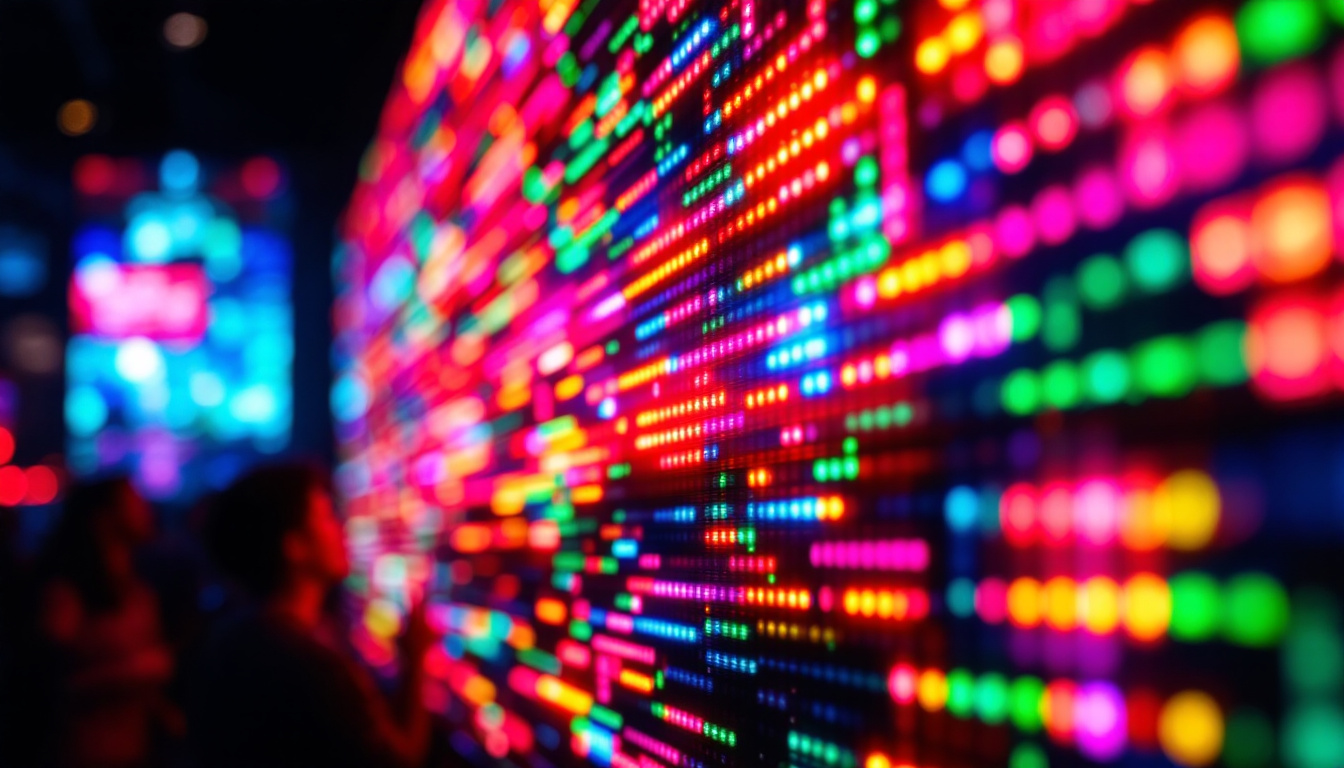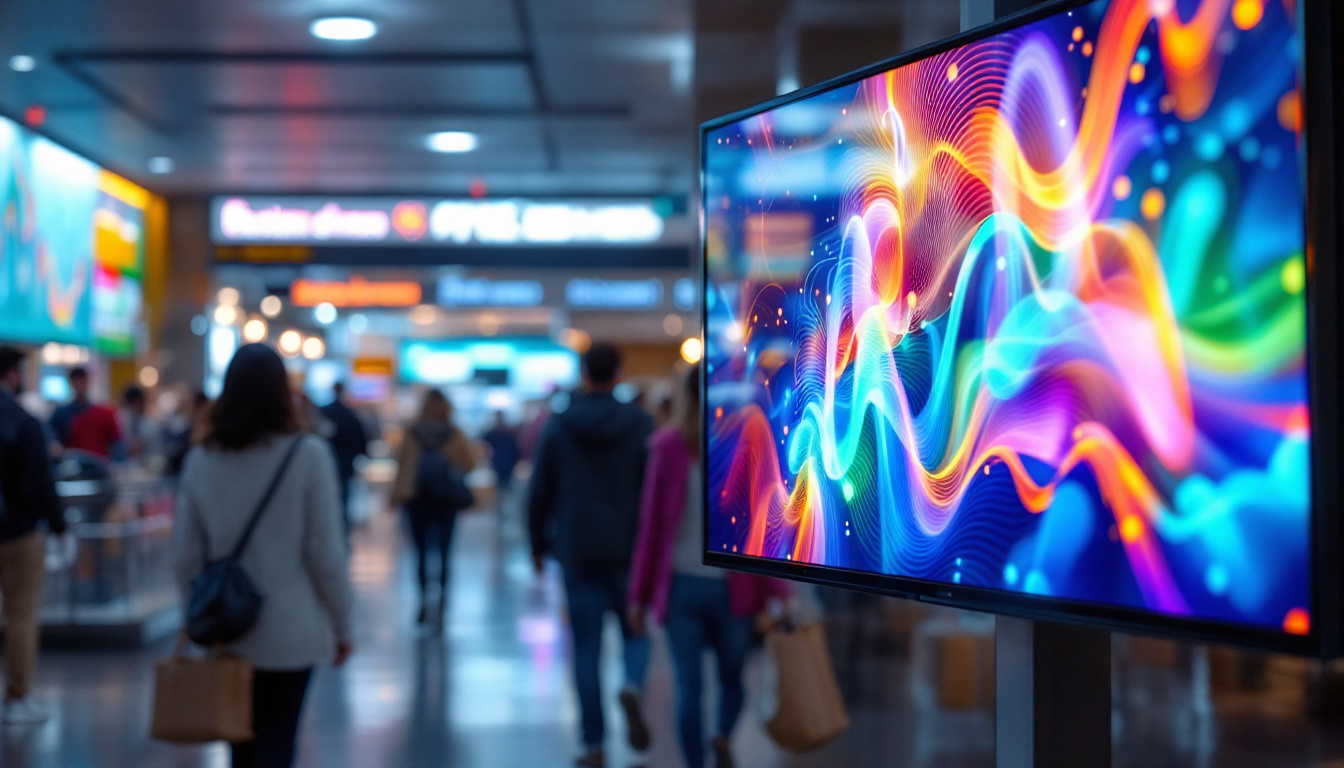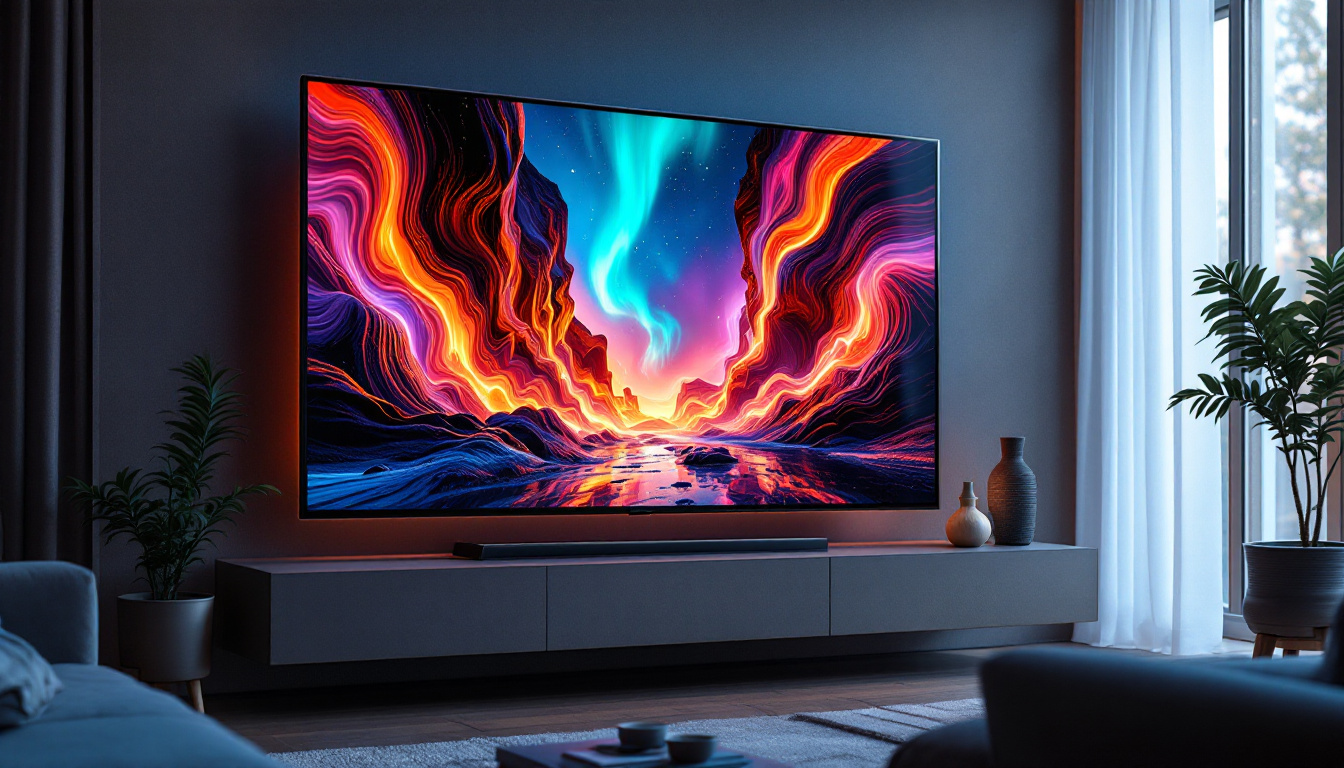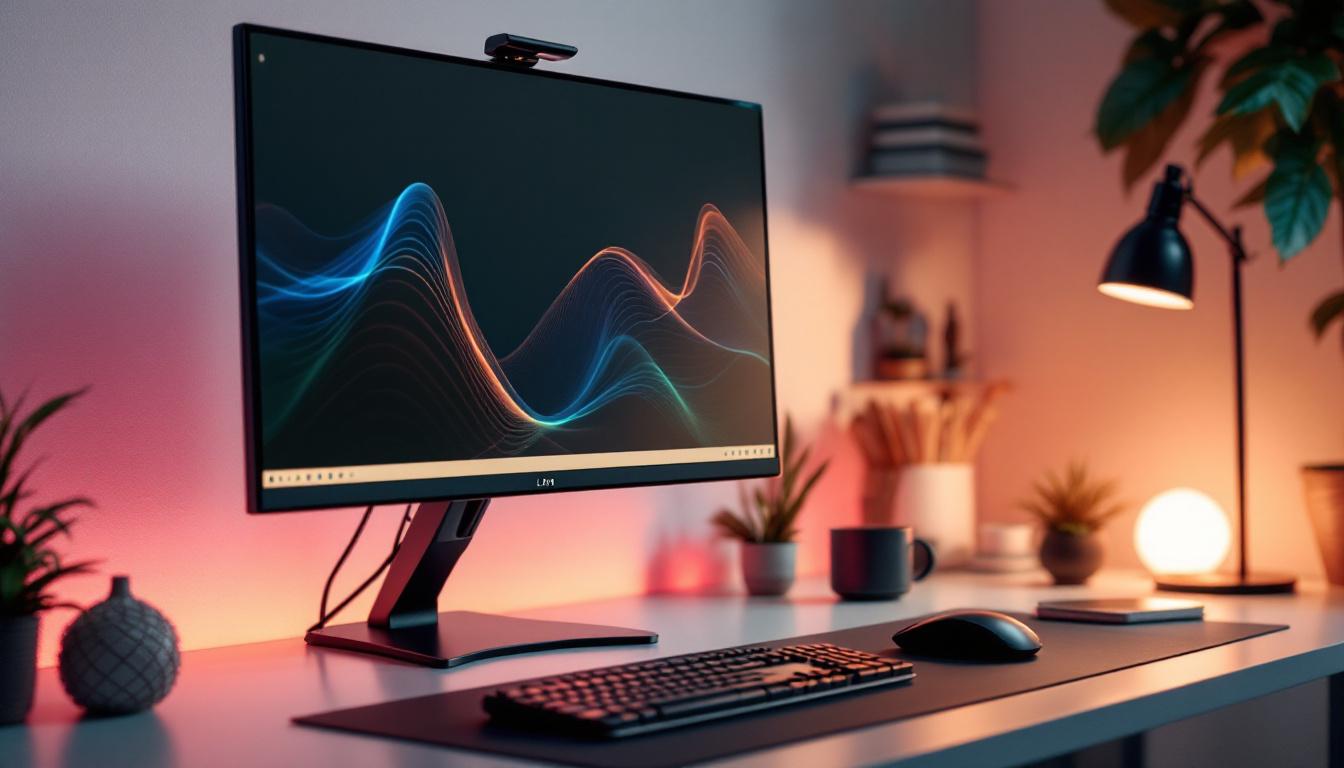Wall Screen TV: LED Display Explained
The evolution of television technology has brought about significant changes in how we consume visual content. Among the most prominent advancements is the LED display, which has become a standard feature in modern wall screen TVs. This article delves into the intricacies of LED displays, exploring their technology, advantages, and the impact they have on the viewing experience.
Understanding LED Technology
LED, or Light Emitting Diode, technology has revolutionized the way images are displayed on screens. Unlike traditional LCD screens that use fluorescent backlighting, LED displays utilize a series of tiny diodes to produce light. This fundamental difference leads to several benefits that enhance the overall viewing experience. For instance, LED technology not only improves energy efficiency but also contributes to a thinner and lighter design, making modern TVs more aesthetically pleasing and easier to mount on walls.
How LED Displays Work
At the core of LED technology are the diodes, which emit light when an electric current passes through them. In wall screen TVs, these diodes are arranged in clusters to form a grid, allowing for precise control over brightness and color. There are two main types of LED displays: edge-lit and full-array. Edge-lit displays have LEDs positioned along the edges of the screen, while full-array displays feature a grid of LEDs behind the entire screen, offering better contrast and uniformity. This arrangement not only enhances the visual experience but also allows for more sophisticated features such as local dimming, where specific areas of the screen can be darkened or brightened independently, further improving the image quality.
The ability to control individual pixels or groups of pixels leads to improved picture quality. For instance, when displaying dark scenes, the LEDs can dim or turn off completely, resulting in deeper blacks and enhanced contrast ratios. This capability is particularly beneficial for watching movies or playing video games, where visual detail is paramount. Furthermore, LED technology supports a wider color gamut, meaning that viewers can enjoy more vibrant and lifelike colors, which is especially important for content that relies heavily on visual storytelling.
Types of LED Displays
LED technology is not a one-size-fits-all solution. There are various types of LED displays, each catering to different needs and preferences. The most common types include:
- Standard LED: This is the most basic form, utilizing edge-lit or full-array configurations.
- OLED (Organic LED): A more advanced technology that allows for even greater contrast and color accuracy, as each pixel emits its own light.
- QLED (Quantum Dot LED): Combines LED backlighting with quantum dot technology to enhance color reproduction and brightness.
Each type has its unique advantages, making it essential for consumers to understand their options when selecting a wall screen TV. For example, while OLED displays are often praised for their deep blacks and wide viewing angles, they may not be as bright as QLED displays, which excel in well-lit environments. Additionally, some consumers may prioritize longevity and burn-in resistance, which can influence their choice between these technologies. As the market continues to evolve, new innovations and hybrid technologies are emerging, further expanding the possibilities for high-quality visual experiences.
The Advantages of LED Displays
LED displays have gained immense popularity due to their numerous advantages over traditional display technologies. Understanding these benefits can help consumers make informed decisions when purchasing a wall screen TV.
Energy Efficiency
One of the most significant advantages of LED displays is their energy efficiency. Compared to older technologies like CRT and even standard LCDs, LED screens consume considerably less power. This not only translates to lower electricity bills but also contributes to a reduced carbon footprint, making them an environmentally friendly choice. Furthermore, many LED displays come with energy-saving modes that automatically adjust brightness based on the surrounding light conditions, further optimizing power consumption and extending the lifespan of the display.
Superior Picture Quality
LED displays offer exceptional picture quality characterized by vibrant colors, sharp images, and high contrast ratios. The ability to achieve deeper blacks and brighter whites enhances the overall viewing experience. This quality is particularly noticeable in well-lit environments, where LED displays can maintain clarity without significant glare. Additionally, advancements in technology have led to features such as HDR (High Dynamic Range), which allows for a broader range of colors and luminosity, making the viewing experience even more immersive. Whether watching a movie, playing video games, or streaming content, the visual fidelity of LED displays elevates every moment.
Longevity and Durability
LED technology is known for its longevity. Wall screen TVs with LED displays typically have a lifespan of over 50,000 hours, significantly outlasting older technologies. This durability not only ensures a longer investment but also reduces the frequency of replacements, making LED displays a cost-effective option in the long run. Moreover, LED displays are less susceptible to screen burn-in, a common issue with older plasma screens, which means that viewers can enjoy their favorite content without worrying about permanent image retention. This resilience makes LED displays an ideal choice for both casual viewers and avid gamers who spend extended hours in front of the screen.
Factors to Consider When Choosing an LED TV
While LED displays offer numerous advantages, selecting the right wall screen TV involves considering various factors that can affect the overall viewing experience.
Screen Size
Screen size is one of the most critical factors to consider. The ideal size depends on the viewing distance and the layout of the room. A larger screen can enhance immersion, especially for movies and gaming, but it’s essential to ensure that the size fits comfortably within the space without overwhelming it. For example, a general rule of thumb is to sit at a distance of about 1.5 to 2.5 times the diagonal size of the screen for optimal viewing. This means that if you choose a 55-inch TV, your seating should ideally be between 6.5 to 11.5 feet away. Additionally, the room’s lighting can also impact how the size is perceived; darker rooms may make larger screens feel more appropriate, while well-lit spaces might require a more moderate size to avoid glare and reflections.
Resolution
Resolution plays a crucial role in picture quality. Common resolutions include Full HD (1080p), 4K (2160p), and 8K (4320p). Higher resolutions provide more detail, making them ideal for larger screens. For instance, a 4K TV delivers four times the resolution of a Full HD TV, resulting in sharper images and enhanced clarity. Furthermore, as content continues to evolve, more streaming services and Blu-ray discs are now offering 4K and even 8K content, making it a worthwhile investment for future-proofing your viewing experience. It’s also important to consider the type of content you typically watch; if you primarily enjoy standard definition programming, the benefits of a higher resolution may not be as noticeable, whereas avid movie buffs and gamers will appreciate the enhanced detail and vibrancy that higher resolutions provide.
Smart Features
Modern LED TVs often come equipped with smart features, allowing users to access streaming services, browse the internet, and utilize various applications directly from their television. When choosing a wall screen TV, it’s essential to consider the operating system and the availability of apps that align with personal viewing preferences. Popular platforms like Roku, Android TV, and Tizen each offer unique interfaces and app selections, which can significantly influence user experience. Additionally, features such as voice control and integration with smart home devices can enhance convenience and functionality. As technology advances, many TVs now also support features like screen mirroring and gaming modes, making it easier to connect mobile devices or optimize settings for an immersive gaming experience. Therefore, evaluating these smart capabilities can help ensure that your new TV meets not just your current needs but also adapts to your evolving entertainment habits.
Installation and Setup
Installing a wall screen TV can significantly enhance the aesthetics of a room, but it requires careful planning and execution. Proper installation ensures optimal viewing angles and minimizes the risk of damage.
Wall Mounting Options
There are several wall mounting options available, ranging from fixed mounts to full-motion mounts. Fixed mounts keep the TV flush against the wall, while full-motion mounts allow for tilting and swiveling, providing flexibility in viewing angles. Choosing the right mount depends on the room layout and personal preferences.
Cable Management
Effective cable management is crucial for maintaining a clean and organized appearance. Many wall mounts come with cable management systems that conceal wires and cables, reducing clutter. Additionally, using cable ties or conduits can help keep everything tidy and prevent tangling.
Professional Installation vs. DIY
While some individuals may opt for DIY installation, hiring a professional can ensure that the TV is mounted securely and at the correct height. Professionals have the expertise to assess wall types and choose appropriate mounting hardware, minimizing the risk of damage to both the wall and the TV.
Maintaining Your LED Wall Screen TV
To maximize the lifespan and performance of an LED wall screen TV, regular maintenance is essential. Simple care routines can help keep the display in optimal condition.
Cleaning the Screen
Cleaning the screen is vital for maintaining picture quality. It’s advisable to use a microfiber cloth and a solution specifically designed for electronic screens. Avoid using paper towels or abrasive materials, as they can scratch the surface. Regular cleaning helps remove dust and fingerprints, ensuring a clear viewing experience.
Updating Software
Most modern LED TVs come with software that requires periodic updates. Keeping the software up to date ensures access to the latest features and security enhancements. Users can typically check for updates through the TV’s settings menu, making it a straightforward process.
Adjusting Settings
Adjusting picture settings can significantly enhance the viewing experience. Many LED TVs come with preset modes for different content types, such as movies, sports, or gaming. Experimenting with these settings can help users find the ideal configuration that suits their preferences and the room’s lighting conditions.
Conclusion
The LED display has transformed the way consumers experience visual content, offering numerous advantages over traditional display technologies. From energy efficiency and superior picture quality to longevity and durability, LED wall screen TVs have become a popular choice for households worldwide. When selecting the right model, it’s essential to consider factors such as screen size, resolution, and smart features to ensure an optimal viewing experience.
Proper installation and maintenance further enhance the longevity and performance of these devices, allowing users to enjoy their favorite shows, movies, and games for years to come. As technology continues to evolve, LED displays are likely to remain at the forefront of home entertainment, providing an immersive and enjoyable viewing experience.
Discover the Future of Visual Experience with LumenMatrix
Ready to elevate your visual experience with cutting-edge LED display technology? Look no further than LumenMatrix, a pioneer in crafting immersive LED display modules that redefine brand visibility and audience engagement. Whether you’re in need of an Indoor LED Wall Display for your business, an Outdoor LED Wall Display for events, or any of our innovative solutions like Vehicle LED Displays, LED Sports Displays, and Custom LED Displays, LumenMatrix has you covered. Embrace the future of visual communication and captivate your audience with clarity and impact. Check out LumenMatrix LED Display Solutions today and transform your space into a dynamic visual storytelling canvas.

